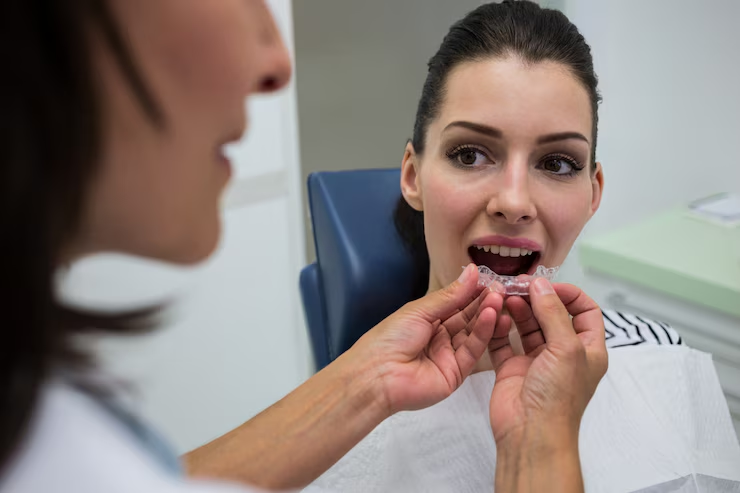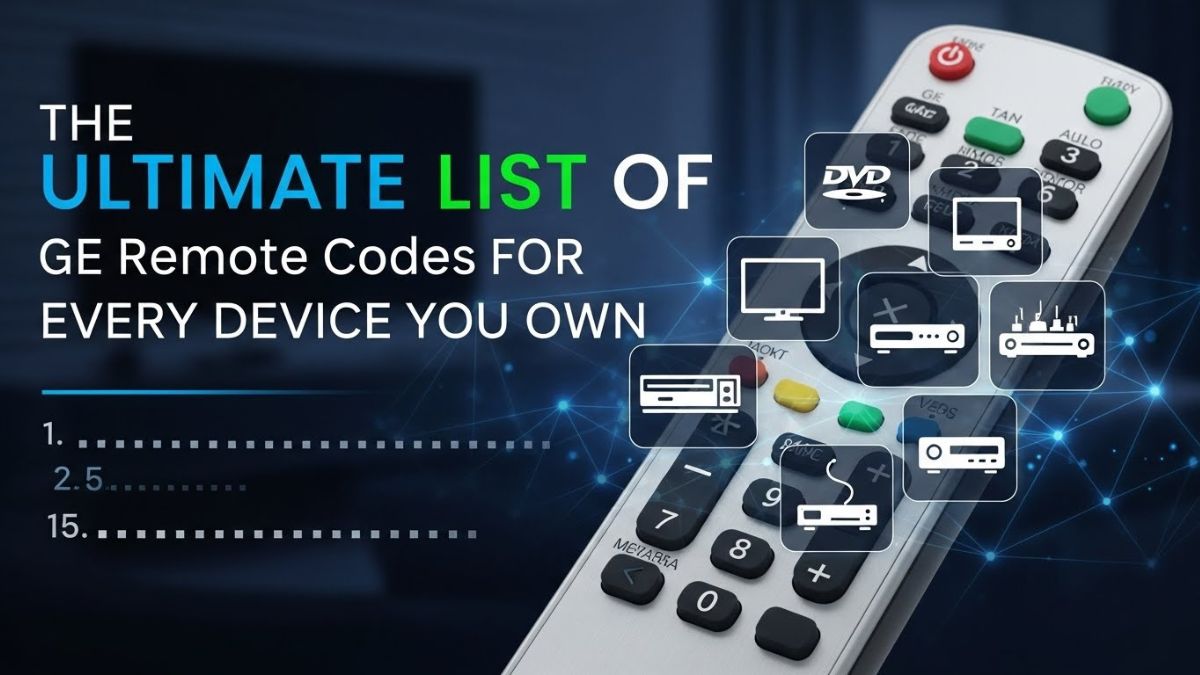Braces don’t work for everyone. The wires, the brackets, the food restrictions — it’s a lot to deal with. If you’re hoping for straighter teeth without the bulk, Invisalign might just be your new best friend.
In Houston, more people are swapping traditional braces for Invisalign. And with good reason. You get a discreet, clear solution that straightens your smile while fitting into your everyday routine.
Here’s everything you need to know before booking an appointment with an Invisalign dentist near you.
Why Invisalign Works So Well for Adults and Teens
Let’s be honest — no one wants to wear braces. But crooked or crowded teeth aren’t just cosmetic issues. They can lead to jaw pain, trouble flossing, and uneven wear on your teeth.
That’s where Invisalign comes in. These clear aligners gently shift your teeth into place over time. You wear them most of the day, take them out to eat, and pop them back in after brushing. Simple.
There are no wires to tighten, no brackets to break, and no long sessions in the dentist’s chair adjusting your braces.
How Invisalign Treatment Works
Your Invisalign journey starts with a detailed digital scan. No goopy impressions here — just high-tech imaging that maps your mouth.
From there, your dentist designs a series of aligners, each slightly different, to move your teeth step-by-step.
Here’s the general routine:
- Wear each aligner for 1–2 weeks.
- Remove them only to eat, brush, or floss.
- Visit your dentist every 6–8 weeks.
That’s it. No wires, no tightening. Just a smooth, nearly invisible way to get your teeth aligned.
What Problems Can Invisalign Fix?
Many people think Invisalign only works for small issues. That’s not the case anymore. The technology has evolved to treat more complex concerns.
You might be a good candidate if you have:
- Crowded teeth
- Gaps between teeth
- Overbite or underbite
- Crossbite or open bite
Your Invisalign dentist will typically find a solution even for complex cases or provide a mixed approach as an alternative.
Invisalign vs. Traditional Braces: What’s the Real Difference?
The process of tooth movement results from Invisalign treatment in the same way as traditional braces. The fundamental distinction between these dental systems rests primarily in their comfort level and their visual aspects, as well as their convenience factors.
Invisalign:
- Nearly invisible
- Removable
- Easier to clean your teeth
- No food restrictions
- Fewer dentist visits
Traditional Braces:
- More visible
- Fixed to your teeth
- Can cause discomfort with wires
- Some foods are off-limits
- More in-chair adjustments
If you’re someone who wants to keep things low-key (especially in work or social settings), Invisalign is probably the way to go.
What to Expect at Your First Appointment?
Your first visit is all about planning. Your dentist will scan your mouth, discuss your goals, and go over your personalised Invisalign treatment plan.
You’ll get a visual preview of how your smile will shift. This 3D projection helps you see the difference before you even start.
Is Invisalign Painful?
Not painful — but you’ll feel some pressure.
Each new aligner is a little tighter than the last. That pressure is what moves your teeth. You might notice slight soreness for a day or two, especially when switching to a new set.
It’s a lot milder than the aches you’d get with traditional braces.
How Long Does Invisalign Take?
Treatment time depends on how much movement your teeth need.
For mild cases, you could be done in as little as six months. Most people finish within 12–18 months.
You’ll need to wear your aligners for 20–22 hours a day for the best results. Skipping days or taking them out too often will slow your progress.
Will People Know I’m Wearing Them?
Not unless you tell them. That’s the beauty of Invisalign.
The transparent dental aligners create a precise and comfortable fit on your teeth. When people are not inspecting your oral cavity, they will never realise you are wearing the aligners.
People who avoid braces because of appearance concerns will find this method much less visible.
What Happens After Invisalign?
After the teeth-straightening treatment ends, you should wear retainers to maintain the achieved results.
Retainers require full-time wear for several months, but later users need to wear them only while sleeping. Your Invisalign dentist will provide guidance about this stage after you are ready to proceed.
Invisalign and Daily Life
Worried about wearing aligners at work, on dates, or during workouts? Don’t be.
The majority of people discover Invisalign treatments to be adaptable for their daily routines. The brackets allow normal food consumption because you simply remove them before eating, while speaking without limitations.
Cleaning the aligners is straightforward because you should rinse them with lukewarm water and brush them with a soft toothbrush.
What About Dental Anxiety?
If you’ve been putting off dental work because of anxiety, don’t worry. Many practices in Houston now offer gentle sedation options.
If you’re looking for a sedation dentist near you, Urbn Dental makes sure your comfort comes first, even for Invisalign or checkups.
Final Thoughts
When looking for Invisalign treatment near your location, it is essential to select a healthcare provider who invests individual attention in your care and demonstrates full understanding of all available solutions. The use of Invisalign offers double benefits since it simultaneously straightens teeth and gives you confidence in your smile through discreet appliances that stay in line with your normal routines.
Do not allow dental uncommonness to deter you from visiting your dentist. People with specific needs can always schedule appointments with a sedation dentist near you.
Whether it’s Invisalign or just getting back into regular dental care, a confident smile starts with a comfortable visit.











